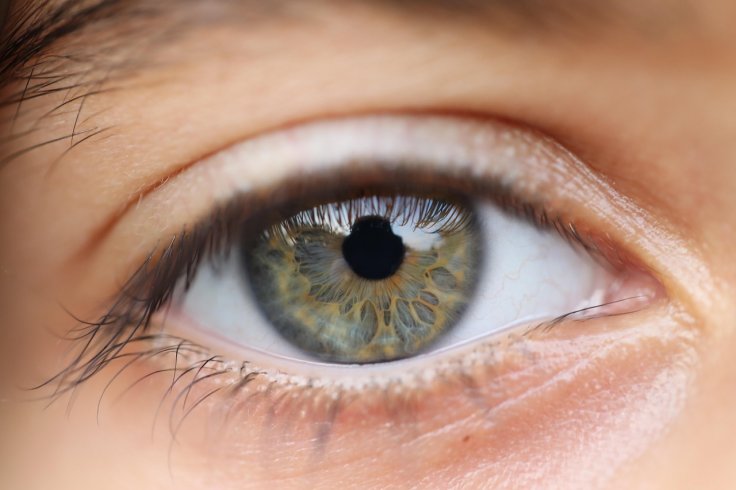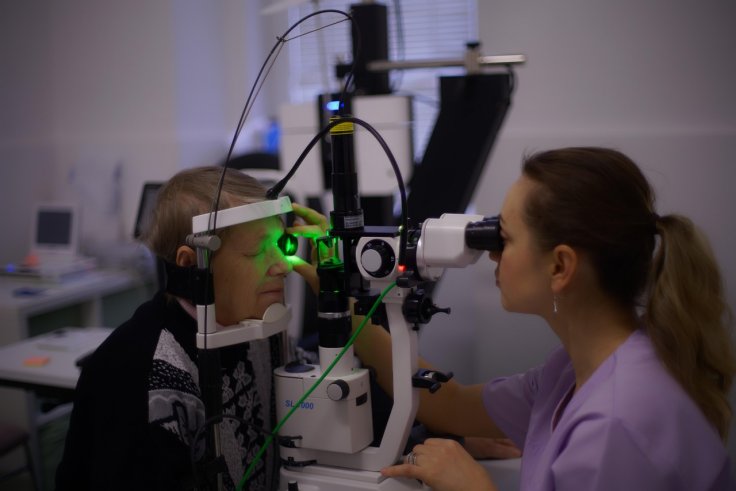The COVID-19 vaccine by Pfizer may lead to vision loss and increase the risk of eye damage, according to a new study. The shocking discovery was made by a group of scientists in Turkey. Through their research, the scientists specifically focused on how this vaccine affected the patients’ corneas, the front part of the eye that allows light to enter.
The study, titled Evaluation of the Effects of mRNA-COVID 19 Vaccines on Corneal Endothelium, focused on the changes in the endothelium, the cornea’s inner layer, before and after receiving the Pfizer dose. The scientists examined the changes in 64 people’s Endothelium before they received their first Pfizer dose and two months after they received their second dose.
The results revealed that taking both doses of Pfizer’s COVID-19 vaccine led to fewer endothelial cells in the eye, thicker corneas, and variations in the sizes of these specialized cells, which form the endothelium. The patients did not suffer from clear vision problems during the study. But the results showed that the Pfizer vaccine may temporarily weaken the endothelium.
Pfizer COVID Jab and Vision Loss
During the study, the researchers found out that the Pfizer-BioNTech vaccine led to a roughly two percent increase in micrometers in a patient’s cornea. The vaccine caused the patients’ cornea thickness to increase from roughly 0.0208 inches to 0.0213 inches, or from 528 to 542 micrometers.
Pixabay/Paul Diaconu
The scientists also found that the participants lost around eight percent in the average number of endothelial cells, which keep the cornea clear by pumping out excess fluid. The study revealed that the patients’ endothelial cells dropped from 2,597 to 2,378 cells per square millimeter.
Though the normal endothelial cell counts range between 2000 and 3000 cells per square millimeter in healthy adults, an individual with a low cell count due to a disease, infection, or previous eye surgery could be at risk of losing their vision.
The Impact
These small changes may not lead to vision loss in people with healthy eyes in the short term. A slightly thicker cornea may not be harmful because it can temporarily thicken due to fluid buildup, inflammation, or stress on the endothelium from injuries to the eyes or minor illness.

Pixabay/Jonas Zareinia
However, if the cornea remains thick for months or years, it may affect vision by making the cornea less clear. If the researchers find that the impact could last for years, the changes may lead to blurry vision or corneal swelling, especially in individuals who had a corneal transplant or with pre-existing eye problems.
A reduced cell density and thicker cornea could lead to eye conditions, such as corneal decompensation, bullous keratopathy, or corneal edema. These eye conditions could contribute to permanent vision loss if left untreated.
“The endothelium should be closely monitored in those with a low endothelial count or who have had a corneal graft,” the scientists warned in the new study, published in the Ophthalmic Epidemiology journal.

Pixabay/Paul Diaconu
When and How to Check Endothelial Count?
An individual with eye discomfort or blurry vision can check if the cornea’s cells are healthy by consulting an eye doctor. The doctor uses a special microscope called specular microscopy to test if the patient has a low endothelial cell count.
Several factors, such as eye surgeries, infections, or injuries, eye diseases like Fuchs’ dystrophy, and aging, can lead to low endothelial cell count. These factors may damage the cells that are responsible for keeping the cornea clear. Another important factor is that these cells don’t grow back.
The researchers studied 64 pairs of eyes for this study. The participants took part in the study before they received the Pfizer-BioNTech vaccine. A follow-up was done with the group almost 75 days after they received their second dose of the COVID-19 vaccination. Each participant went through a full eye exam, including scans of the eye’s front and back parts, tests for eye pressure, and vision sharpness for ensuring overall eye health.



